Paul Cohen
Redistribution Systems and PRAM
Mar 20, 2020
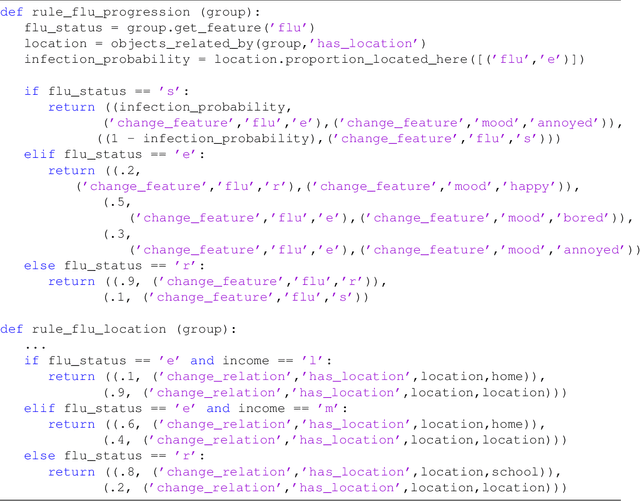
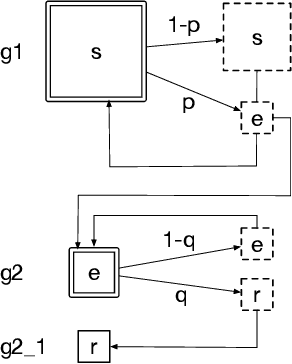
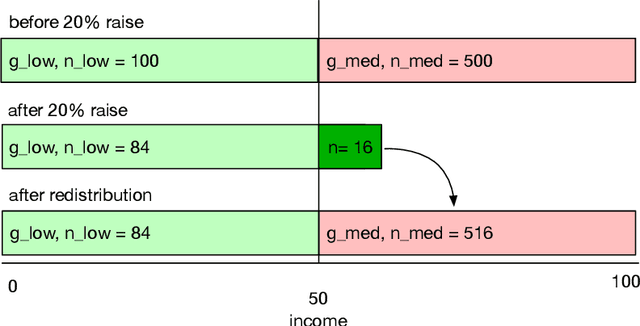
Abstract:Redistribution systems iteratively redistribute mass between groups under the control of rules. PRAM is a framework for building redistribution systems. We discuss the relationships between redistribution systems, agent-based systems, compartmental models and Bayesian models. PRAM puts agent-based models on a sound probabilistic footing by reformulating them as redistribution systems. This provides a basis for integrating agent-based and probabilistic models. \pram/ extends the themes of probabilistic relational models and lifted inference to incorporate dynamical models and simulation. We illustrate PRAM with an epidemiological example.
Research Directions in Democratizing Innovation through Design Automation, One-Click Manufacturing Services and Intelligent Machines
Sep 23, 2019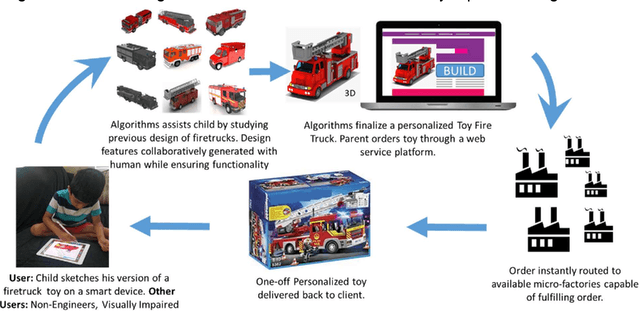
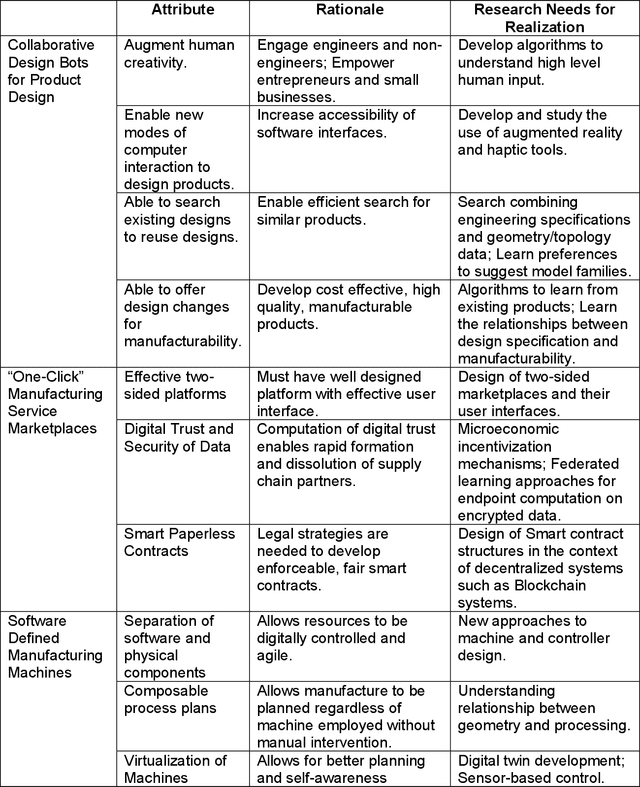
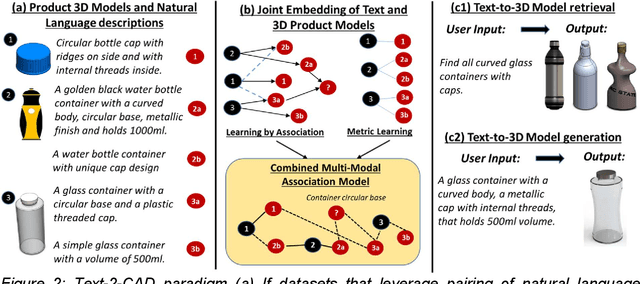
Abstract:The digitalization of manufacturing has created opportunities for consumers to customize products that fit their individualized needs which in turn would drive demand for manufacturing services. However, this pull-based manufacturing system production of extremely low quantity and limitless variety for products is expensive to implement. New emerging technology in design automation driven by data-driven computational design, manufacturing-as-a-service marketplaces and digitally enabled micro-factories holds promise towards democratization of innovation. In this paper, scientific, technology and infrastructure challenges are identified and if solved, the impact of these emerging technologies on product innovation and future factory organization is discussed.
Probabilistic Relational Agent-based Models
Feb 15, 2019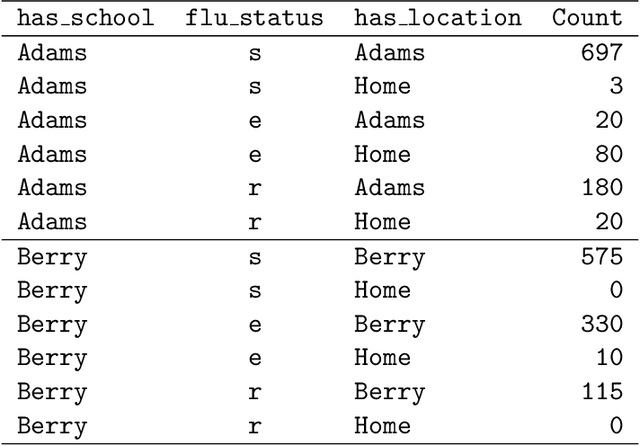
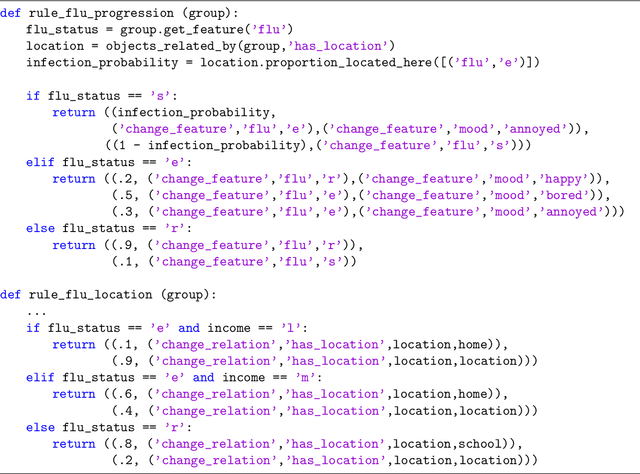

Abstract:PRAM puts agent-based models on a sound probabilistic footing as a basis for integrating agent-based and probabilistic models. It extends the themes of probabilistic relational models and lifted inference to incorporate dynamical models and simulation. It can also be much more efficient than agent-based simulation.
Action Recognition in the Frequency Domain
Sep 02, 2014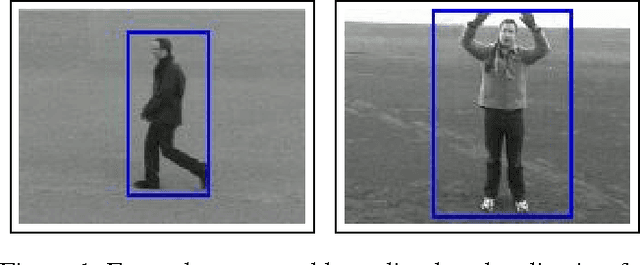
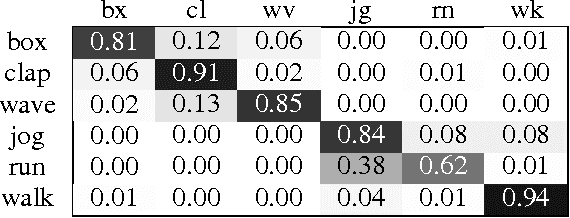
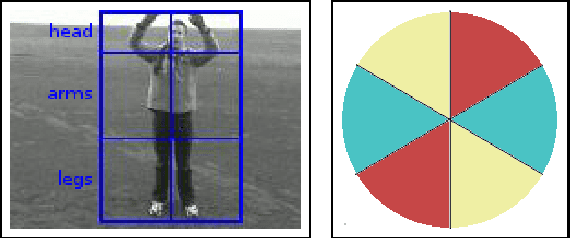
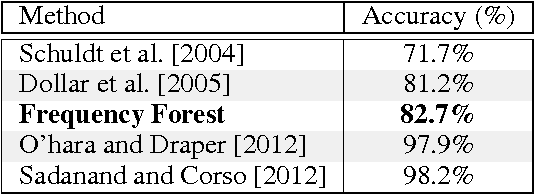
Abstract:In this paper, we describe a simple strategy for mitigating variability in temporal data series by shifting focus onto long-term, frequency domain features that are less susceptible to variability. We apply this method to the human action recognition task and demonstrate how working in the frequency domain can yield good recognition features for commonly used optical flow and articulated pose features, which are highly sensitive to small differences in motion, viewpoint, dynamic backgrounds, occlusion and other sources of variability. We show how these frequency-based features can be used in combination with a simple forest classifier to achieve good and robust results on the popular KTH Actions dataset.
Steps Towards Programs that Manage Uncertainty
Mar 27, 2013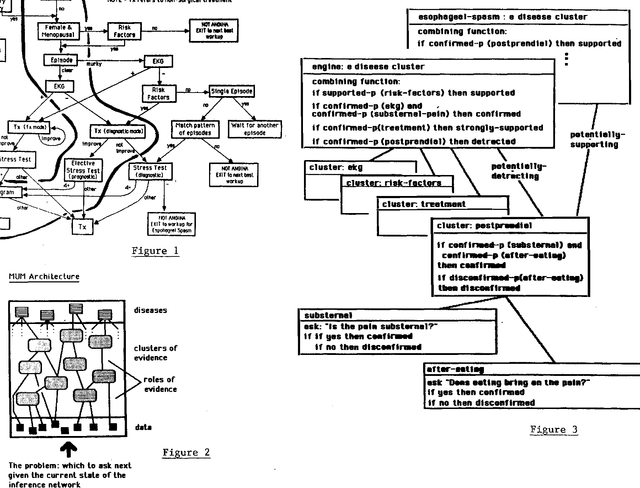
Abstract:Reasoning under uncertainty in Al hats come to mean assessing the credibility of hypotheses inferred from evidence. But techniques for assessing credibility do not tell a problem solver what to do when it is uncertain. This is the focus of our current research. We have developed a medical expert system called MUM, for Managing Uncertainty in Medicine, that plans diagnostic sequences of questions, tests, and treatments. This paper describes the kinds of problems that MUM was designed to solve and gives a brief description of its architecture. More recently, we have built an empty version of MUM called MU, and used it to reimplement MUM and a small diagnostic system for plant pathology. The latter part of the paper describes the features of MU that make it appropriate for building expert systems that manage uncertainty.
Modifiable Combining Functions
Mar 27, 2013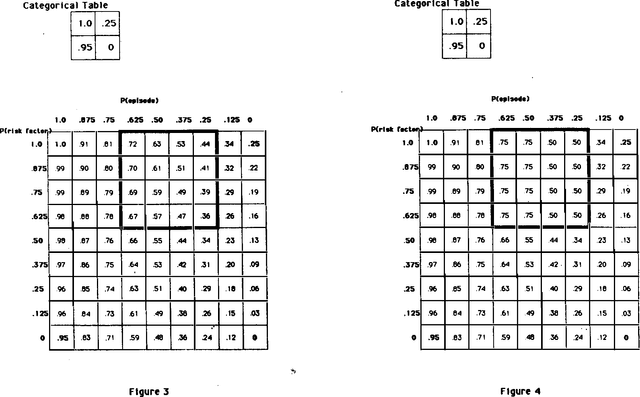
Abstract:Modifiable combining functions are a synthesis of two common approaches to combining evidence. They offer many of the advantages of these approaches and avoid some disadvantages. Because they facilitate the acquisition, representation, explanation, and modification of knowledge about combinations of evidence, they are proposed as a tool for knowledge engineers who build systems that reason under uncertainty, not as a normative theory of evidence.
 Add to Chrome
Add to Chrome Add to Firefox
Add to Firefox Add to Edge
Add to Edge